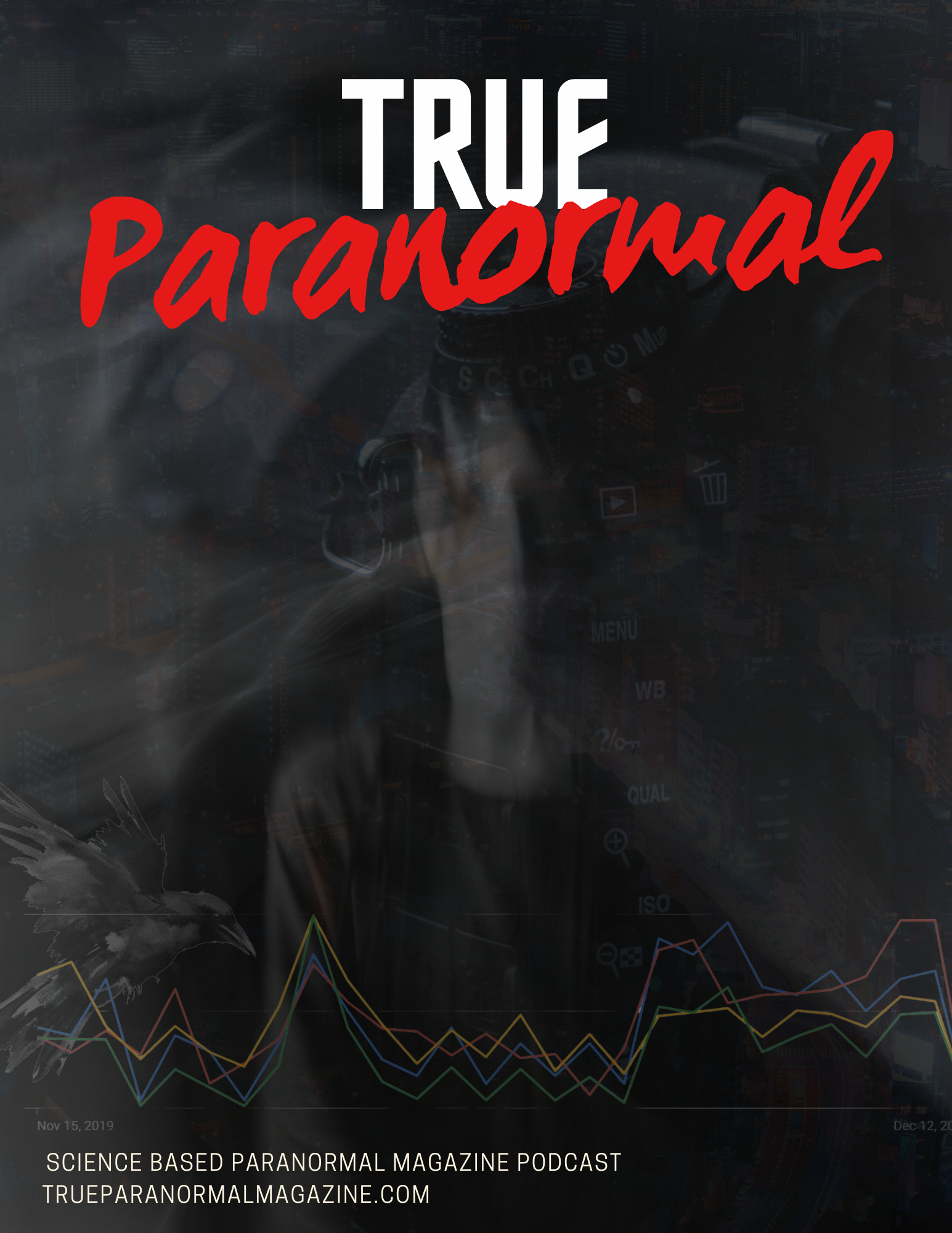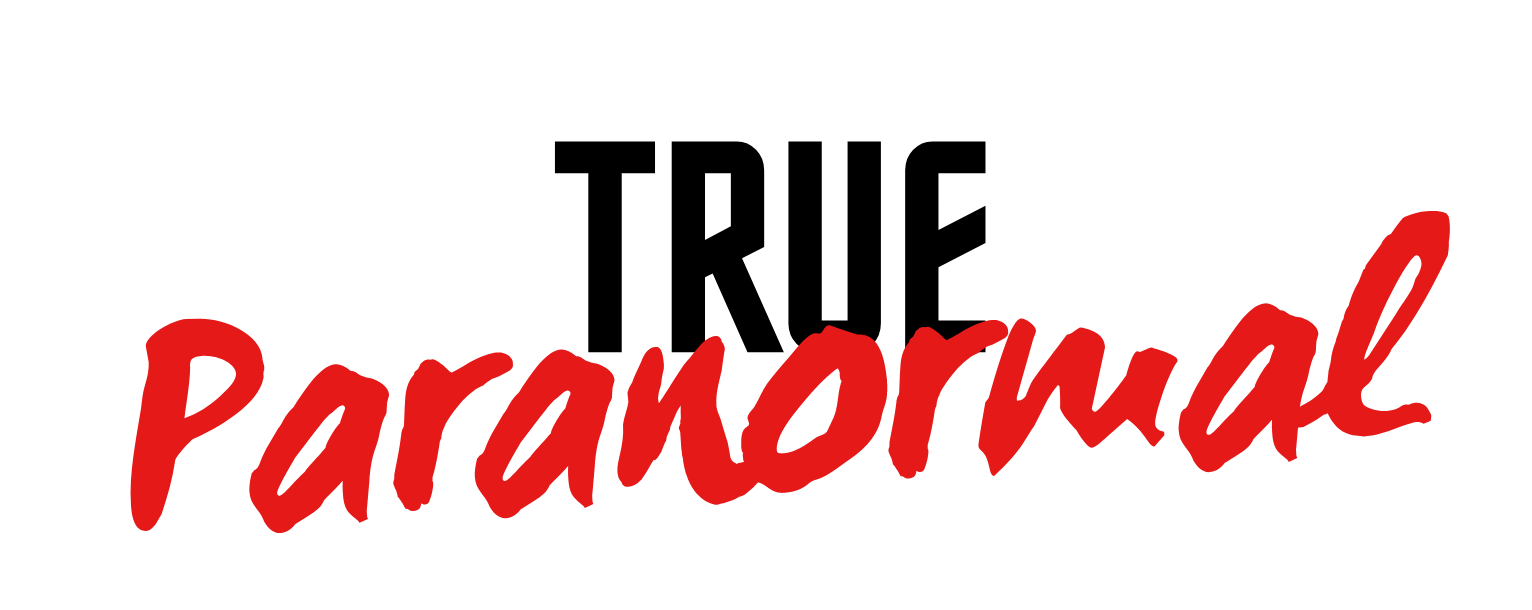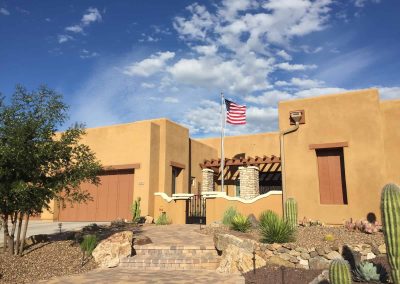Seeing is Deceiving: Common Photo Phenomena Mistaken for Ghosts
Seeing is Deceiving: Common Photo Phenomena Mistaken for Ghosts
Capturing ghostly images on camera has always been a fascinating subject for people. Whether it’s an eerie apparition or a mysterious orb of light, these photographs often spark debates and stir the imagination of believers and skeptics alike. However, not all photos that appear to show supernatural activity are genuine, and many of them can be easily explained by natural or man-made phenomena.
One of the most common photo phenomena that people mistake for ghosts is lens flares. This effect occurs when a bright light source reflects off the lens of the camera, creating a haze or halo-like effect on the photo. It often appears as a small, blurry, circular shape that can be mistaken for a ghostly orb or energy field.

Dust particles are another culprit. In low light conditions, dust particles in the air can be captured by the camera and appear as small, fuzzy orbs in the photo. This effect can easily be mistaken for supernatural activity.
Insects such as moths, flies, and mosquitoes can fly close to the camera lens and appear as blurry, streaky shapes in the photo. They can also reflect light and appear as glowing orbs, adding to the illusion of ghostly activity.
Sometimes, the presence of the camera strap or the photographer’s finger in the frame can accidentally ruin a photo. These can appear as smudges or shapes that can be misinterpreted as ghostly apparitions or energies.
Double exposure is another common phenomenon where two or more images are accidentally superimposed on top of each other in a single photo. This can create ghostly, transparent images that appear to be layered on top of each other.
Finally, pareidolia is a psychological phenomenon where the human brain perceives familiar patterns or shapes, such as human faces or animals, in random or vague stimuli, such as clouds, shadows, or even in photographic anomalies. This phenomenon can sometimes explain why people might see or interpret ghostly images in photos or other visual stimuli, even if there is no supernatural activity present.
Pareidolia can play a significant role in why people might believe that they have captured photographic evidence of spirits. When people see what they perceive to be a human face or figure in a photograph, their brain naturally attempts to fill in the gaps and make sense of the image. This is especially true when the photo is taken in low light conditions or is of poor quality. In these situations, the human brain will sometimes “see” a face or figure that is not actually present, leading people to believe that they have captured evidence of a ghostly entity.
It is important to note that pareidolia is a normal and natural phenomenon that affects everyone to some degree. However, it is essential to be mindful of this tendency when examining photographic evidence of supernatural activity. Without proper analysis and investigation, it is easy to mistake random patterns or anomalies for evidence of ghosts or spirits. By understanding and recognizing the role of pareidolia in our perceptions, we can more accurately evaluate photographic evidence and make informed conclusions about the existence of paranormal activity.
In conclusion, while the possibility of encountering paranormal activity is still a fascinating and thrilling prospect, it is important to approach any photographic evidence of supernatural activity with a critical eye. Many of these common photo phenomena can be easily explained, and it is always important to rule out natural or man-made causes before jumping to supernatural conclusions. By understanding the various photo phenomena that can be mistaken for ghosts and acknowledging the role of pareidolia in our perceptions, we can avoid being misled by false evidence and continue to explore the mysteries of the supernatural with a healthy dose of skepticism and curiosity.
User Submitted Photos:
Latest News
Scheduled Matches
Saturday Apr 2
Lorem Vs Impsum — 12pm
Ipsum vs Orci — 12pm
Pellentesque Vs ipsum — 12pm
Vivamus Vs Libero — 12pm
Convallis Vs Egestas — 12pm-12:45pm
Dapibus Vs Proin — 12pm
Nulla Vs Porttitor— 12pm
Orci Vs Dapibus — 12pm
Volutpat Vs Nulla — 12pm
Risus Vs Suscipit — 12pm
Saturday Apr 9
Lorem Vs Impsum — 12pm-12:45pm
Ipsum vs Orci — 12pm
Pellentesque Vs ipsum — 12pm
Convallis Vs Egestas — 12pm-12:45pm
Dapibus Vs Proin — 12pm-12:45pm
Nulla Vs Porttitor— 12pm-12:45pm
Volutpat Vs Nulla — 12pm
Risus Vs Suscipit — 12pm-12:45pm
Join the League
Open Registration: Mar 14 – Apr 30
Curabitur non nulla sit amet nisl tempus convallis quis ac lectus. Donec rutrum congue leo eget malesuada. Vivamus magna justo, lacinia eget


